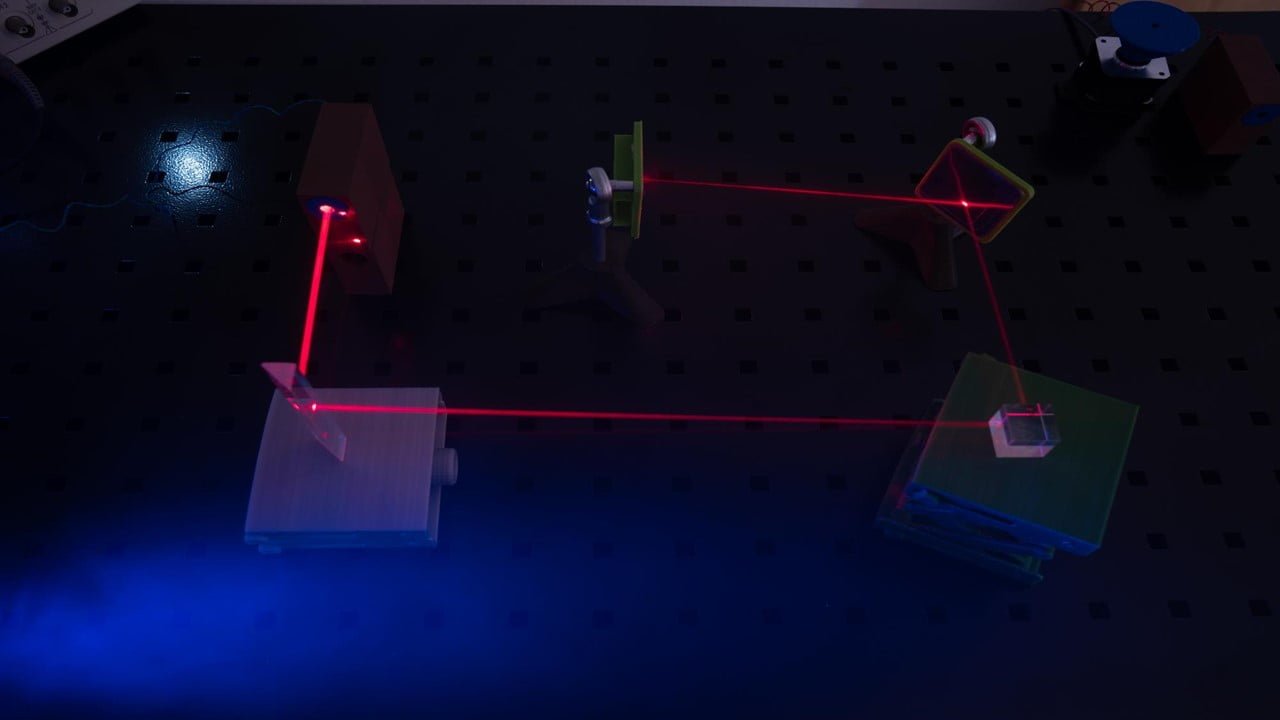
In real-time, scientists observed that helium nanodroplets respond ultrafast after being excited by XUV radiation (extreme ultraviolet radiation). Researchers now have new opportunities for thoroughly examining the basic characteristics of matter thanks to lasers that produce intense, brief XUV and X-ray bursts. Nanometer-sized material samples are of special interest in many of these experiments. Some [..]
Read More
In mammalian brains, neuronal activity is frequently investigated at cellular and subcellular levels using two-photon laser scanning microscopy imaging. These investigations are still limited to a particular functional area of the brain. A novel method known as the multiarea two-photon real-time in vitro explorer ie, MATRIEX Imaging, was recently reported by researchers. The technique enabled [..]
Read More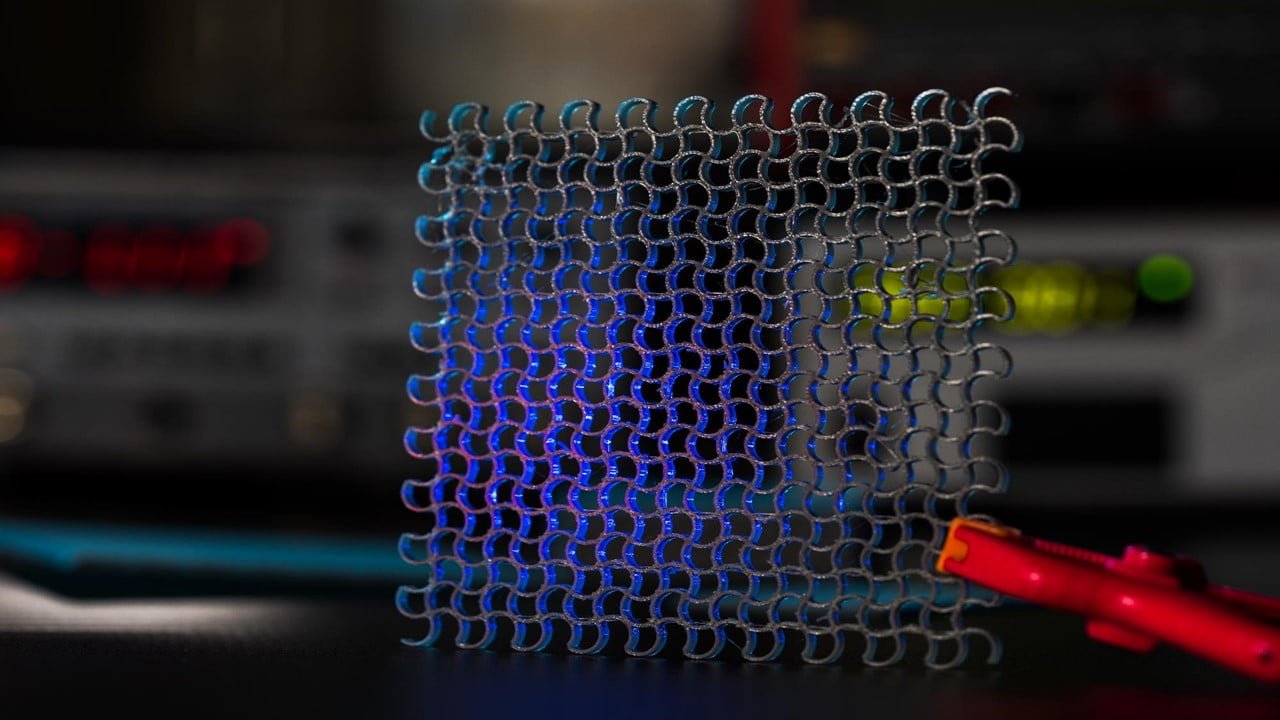
Scientists have created a brand-new kind of optical metasurface that only allows light to reflect in one way. The researchers empirically proved nonreciprocal light reflection at wavelengths around 860 nm by utilizing an ultrathin nonlinear metasurface’s spatial and temporal phase manipulation. The novel metasurface may facilitate the creation of scalable, magnetic-free, nonreciprocal devices that can [..]
Read More
Infrared wavelengths, which have been challenging to produce with silicon chip technology, can now be converted into visible wavelengths thanks to the developing of a novel chip-integrated light source. This adaptable method of on-chip light production is set to make it possible to produce highly compact photonic instruments that are reliable enough to be used [..]
Read More
The majority of people find having an ultrasound to be a simple procedure: A technician applies gentle pressure to a probe against a patient’s skin, sending out sound waves that pass through the skin and bounce off muscle, fat, and other soft tissues before returning to the probe, which picks up the waves and interprets [..]
Read More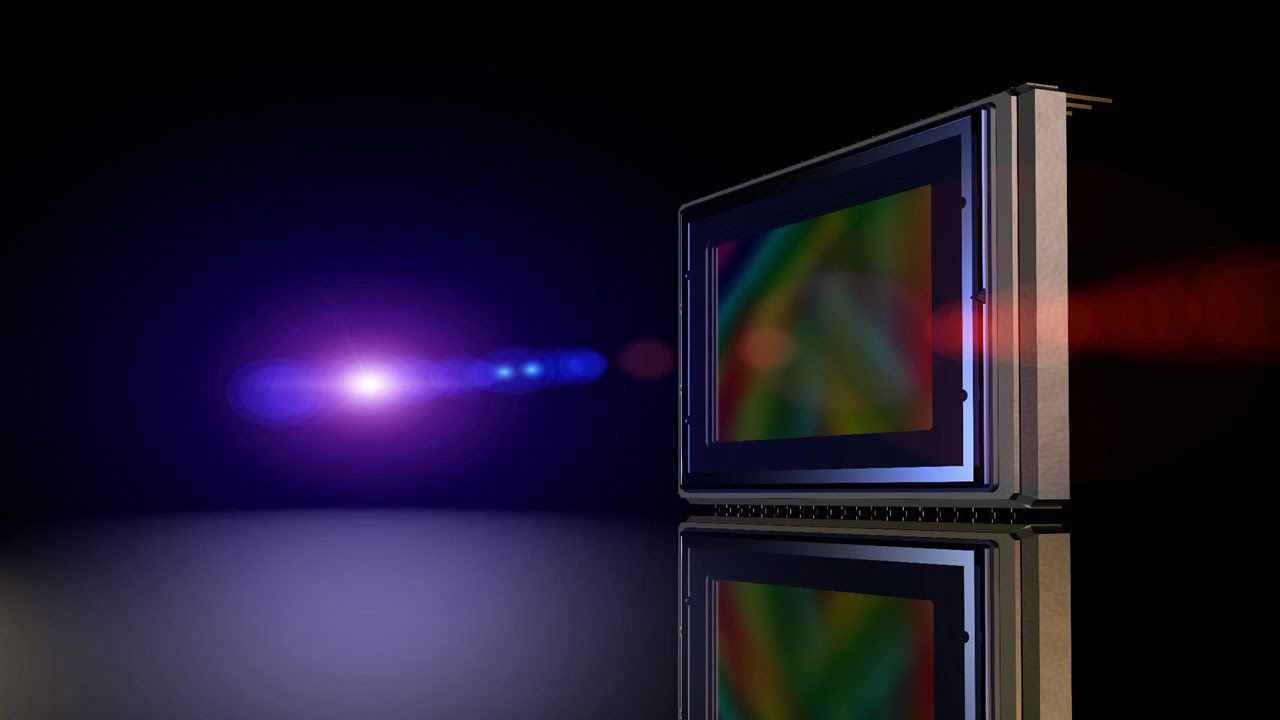
For the first time, scientists could identify very low concentrations of a cancer protein biomarker in a urine sample using a chip-based optical sensor with an embedded laser. The new technology is more sensitive than previous models and may result in non-invasive, low-cost methods to identify molecules that signify the existence or progression of a [..]
Read More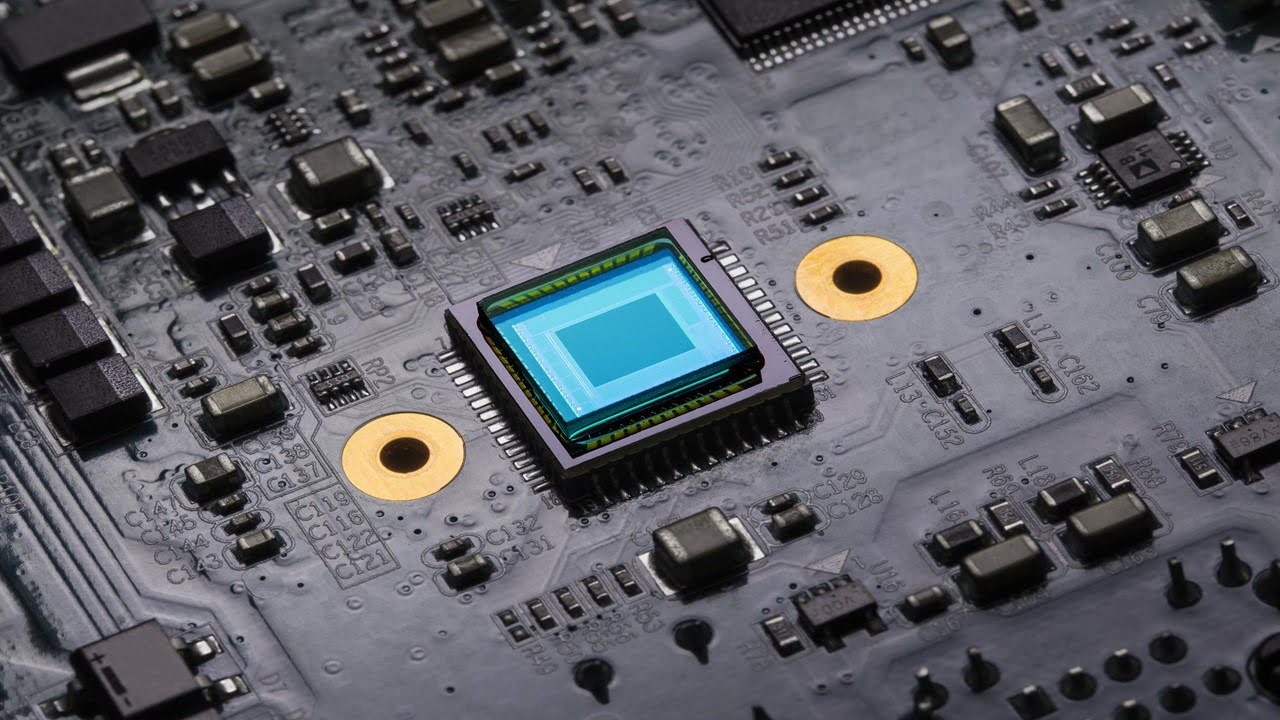
A study team has demonstrated real-time monitoring of enzyme reactions using a quantum sensor. The scientists created a system that enabled them to regulate light down to the level of a single particle. It allowed for dim illumination without affecting the enzymes, potentially leading to increased sensitivity. The ability to directly address the sample enabled [..]
Read More
The visual system of the mantis shrimp, a marine crustacean whose eyes handle data about both the hue and the polarization of light, has long captivated optical scientists. These capabilities have been the driving force behind several optical devices that extract 3-D spatial and polarization information concurrently. However, cramming both characteristics into a small optical [..]
Read More
Researchers have developed a method for expediting the creation and customization of templates used in medical image analysis to aid in disease diagnosis. The new technique can be used to crunch datasets of patients’ medical images and capture structural relationships that may indicate disease progression. In many cases, analysis necessitates using a common image template known [..]
Read More
Biomimetics, the ability to imitate nature, gives scientists a blueprint for creating intricate micro- and nanoscale structures that mimic the beneficial properties of the plant or animal being mimicked. Researchers were able to make lens arrays from “liquid marbles” that have the same wide field of view, nearly infinite depth of field, peripheral vision without [..]
Read More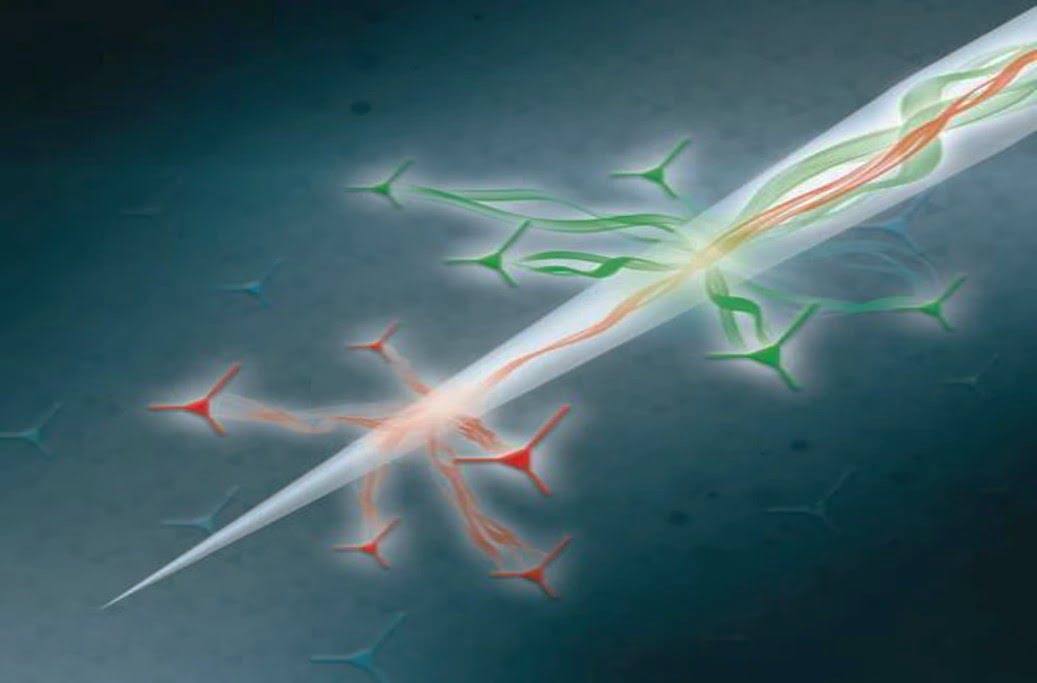
An international team of researchers used an optical probe to capture and pinpoint the brain’s neural activity epicenter. The method lays the groundwork for new ways to map connections across different brain regions, which could lead to the development of devices to image different brain areas and even treat conditions caused by malfunctions in the [..]
Read More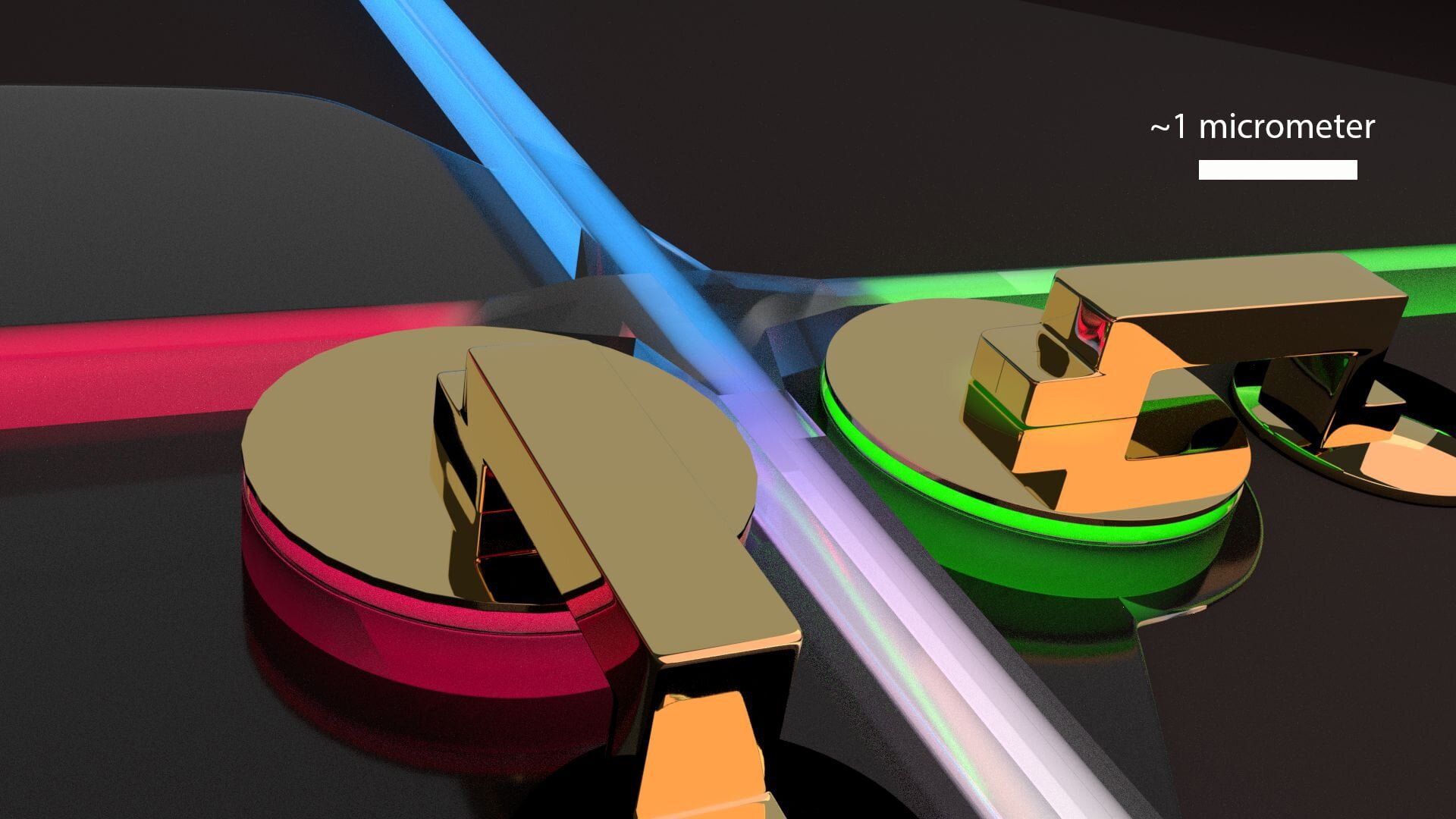
Researchers have created a tiny low-energy device – an optical switch that can move the light from one computer chip to another in 20 billionths of a second, faster than any other similar device. The compact switch is the first to redirect light with very low signal loss while operating at voltages low enough to [..]
Read More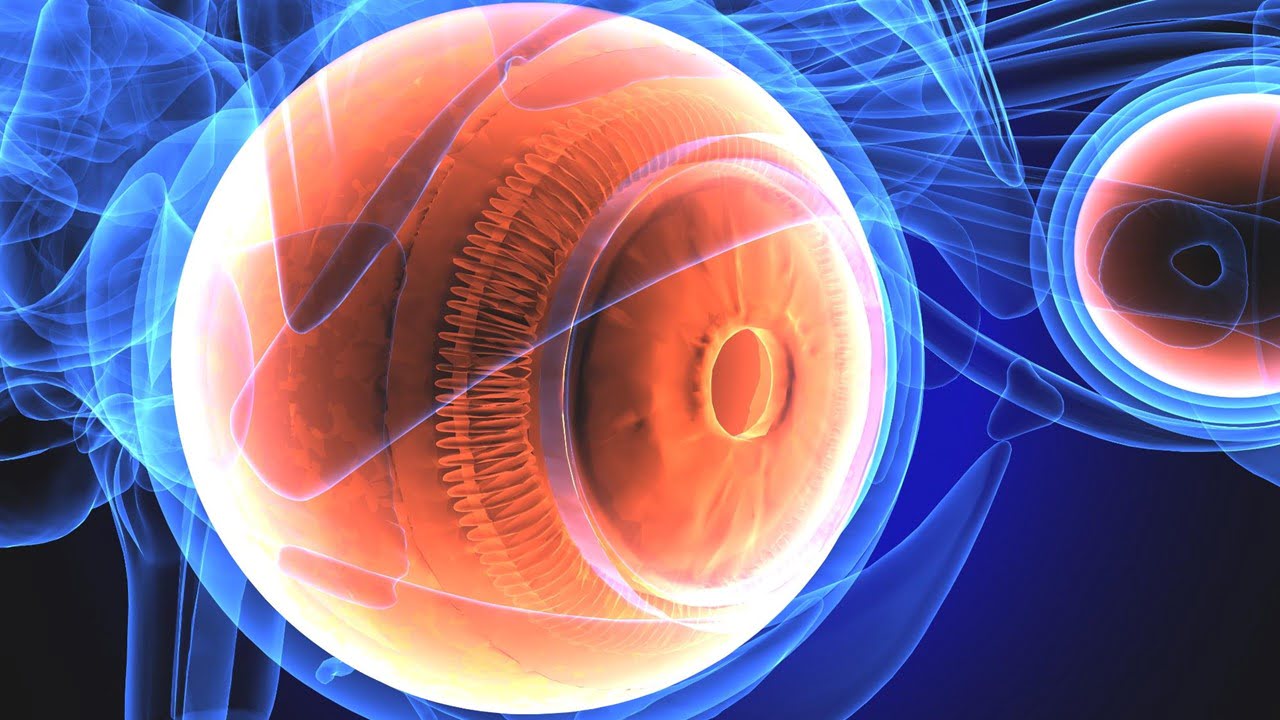
Researchers have devised a method to perform optical coherence tomography (OCT) in difficult-to-reach body parts like joints. The development might make new surgical and medical uses possible for this high-resolution biomedical imaging method. OCT is the best tool for detecting minute changes in tissue that could be signs of illness or damage because it can [..]
Read More
We hear about climate change and its consequences almost daily, from wildfires in Greenland to melting ice in Antarctica to Europeans sweating in record-high summer temperatures. These stories, combined with dire warnings about rising sea levels and record levels of greenhouse gases, can elicit strong urges to “do something.” One of the first jobs is [..]
Read More
Researchers have developed a method to make reproducible nanoscale manufacturing possible. The team adapted a light-based technology employed widely in biology — known as optical traps or optical tweezers — to operate in a water-free liquid environment of carbon-rich organic solvents, enabling new potential applications. The optical tweezers act as a light-based “tractor beam” that [..]
Read More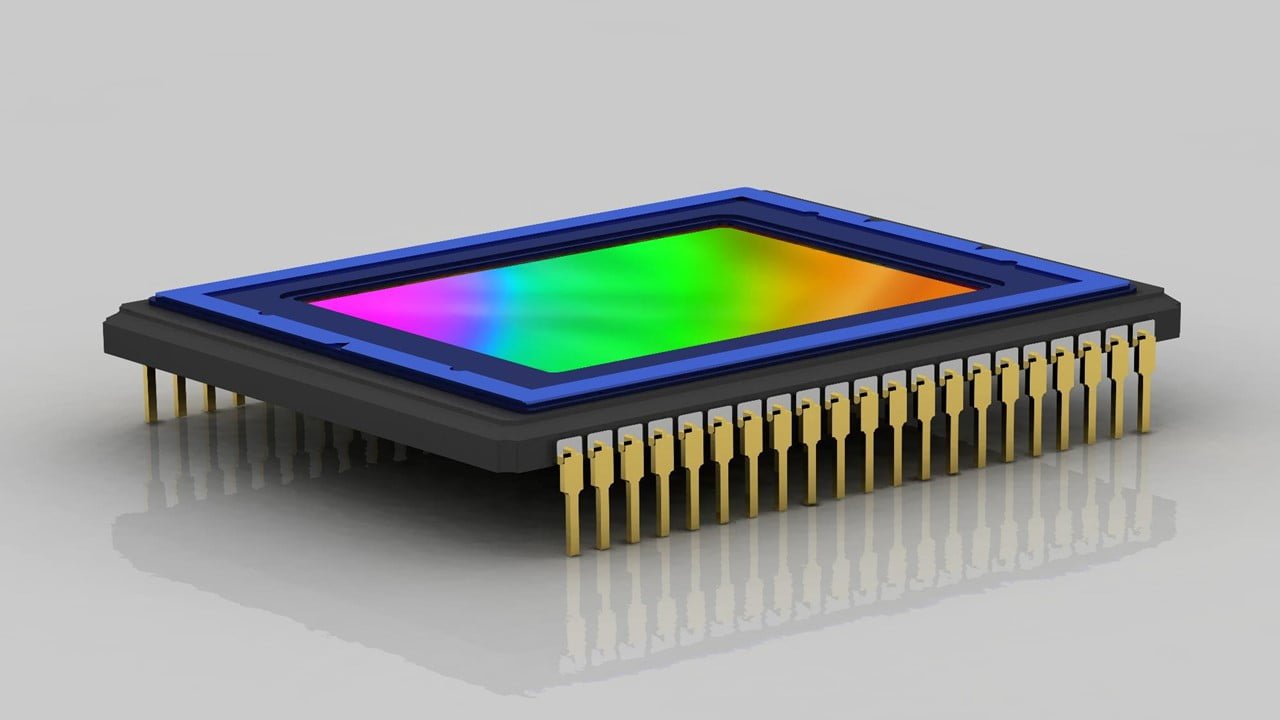
Researchers have created a broadband laser-based sensor that can remotely detect the concentration level of key blood components like lactate, glucose, urea, ketones, or ethanol without drawing blood to make noninvasive blood analysis possible. Chronic disease patients, such as those with diabetes, won’t have to repeatedly prick their fingers to check their blood glucose levels [..]
Read More
These materials’ extraordinary optical, semiconducting, and mechanical qualities have increased interest in plastic electronics and photonics over the past few decades. For designing laser geometries of almost any form, plastic electronics based on conjugated polymers combine the advantages of cost-effective processability compatible with large-area deposition. With rigid inorganic semiconductor materials, this is not feasible. To [..]
Read More
Physicists and materials scientists have created a small optical device with vertically stacked metasurfaces to produce microscopic text and full-color holograms for encrypted data storage and color displays. A study team implemented a 3-D integrated metasurface device to make the optical device smaller. The study team designed optical elements by modifying the wavefront of light [..]
Read More
For the precise diagnosis of people with chronic hepatitis B (CHB), a research team has created a test that combines highly sensitive coamplification at lower denaturation temperature polymerase chain reaction (COLD-PCR) with probe-based fluorescence melting curve analysis (FMCA). The straightforward, affordable test might be applied frequently in medical labs. The hepatitis B virus (HBV) can [..]
Read More
A nanolaser developed by researchers can be used on living cells without damaging them. The nanolaser, created in collaboration with a team from Columbia University, can range in thickness from 50 to 150 nanometers, allowing it to fit and operate properly inside living cells. The tiny lasers function at energy orders of magnitude lower than [..]
Read More